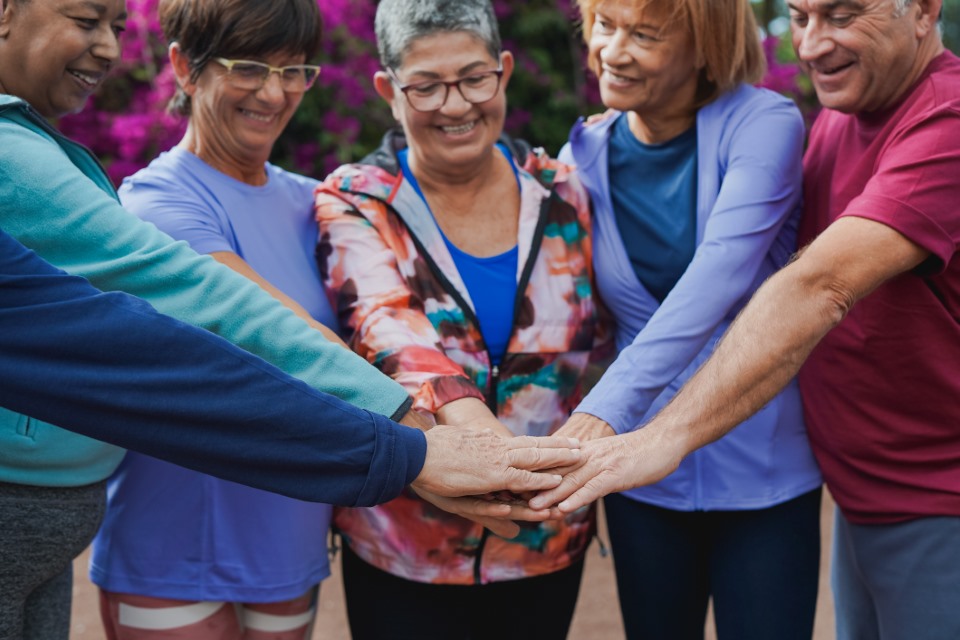Making websites accessible for people living with disabilities
By Jeremy Rodriguez
In 2022, the Department of Justice published “Guidance on Web Accessibility and the ADA” (Americans with Disabilities Act) to help state and local governments, as well as businesses that are open to the public, create websites that are accessible to people living with disabilities.
“We have heard the calls from the public on the need for more guidance on web accessibility, particularly as our economy and society become increasingly digitized,” said Assistant Attorney General Kristen Clarke for the Justice Department’s Civil Rights Division in a statement. “This guidance will assist the public in understanding how to ensure that websites are accessible to people with disabilities. People with disabilities deserve to have an equal opportunity to access the services, goods and programs provided by government and businesses, including when offered or communicated through websites.”
Ruben Reyes, who works to provide technology, usability and analytics as lead technologist at Lyquix – a digital agency that designs websites and provides assistance to companies looking to comply with ADA recommendations – noted the importance of accessibility for all populations.
“It actually benefits all users because, all the improvements that are made for the benefits of those people with limitations make the experience for the rest of us much better, much more pleasant and much more intuitive,” Reyes said. “The benefits are really across the board.”
Why does web accessibility matter?
As people grow older and use of the web has permeated mainstream culture, more older adults than ever before must rely on websites to find and access everyday services.
“Thirty years ago, you didn’t have to use the web to accomplish certain things,” Reyes said. “Now, there are many things where the only way you can do them is through the web. It is not just a matter of convenience. This is the only way in which you can apply for (certain) jobs or get certain services. Accessibility is a must.”
The Department of Justice’s “Guidance on Web Accessibility and the ADA” explains how people living with disabilities access the web: “People with disabilities navigate the web in a variety of ways. People who are blind may use screen readers, which are devices that speak the text that appears on a screen. People who are deaf or hard of hearing may use captioning. People whose disabilities affect their ability to grasp (items) and use a mouse may use voice recognition software to control their computers and other devices with verbal commands.”
How can companies make websites accessible?
While the Department of Justice does not have detailed standards for web accessibility, state and local governments, as well as businesses that are open to the public, must provide information that is accessible for people living with disabilities. The Web Content Accessibility Guidelines (WCAG) and the Section 508 Standards, which the federal government uses for its own websites, provide guidance on ensuring accessibility of website features.
The ADA website also provides examples of web accessibility barriers. These include:
- Poor color contrast.
- Use of color alone to provide information.
- Lack of text alternatives (“alt text”) on images.
- No captions on videos.
- Inaccessible online forms (examples: lack of clear instructions, error indicators or labels that screen readers can convey to users).
- Mouse-only navigation (lack of keyboard navigation).
Looking ahead
Reyes is optimistic that websites will become more accessible in the future as conversations shift surrounding accessibility. “There’s more awareness in the general public that this is something that exists, and that it’s something that can be done, and it’s something that should be done,” he said. “So I do think that in general, the whole industry is going to move in that direction.”
Additionally, Reyes said that some built-in website tools and themes are generally becoming more accessible. This will make it so regular users with little or no technical skills will have the tools at their disposal to make their website more accessible for all.
One in four adults live with at least one disability, according to the Centers for Disease Control and Prevention (CDC).
TechOWL (Technology for Our Whole Lives), a program of the Institute on Disabilities at Temple University, makes assistive technology devices and services more available and accessible to individuals with disabilities and their families. In addition to its many other services, TechOWL provides technical assistance and presentations to help organizations “build websites and applications for everyone to use.” According to TechOWL’s website, “an accessible information and communications technologies (ICT) product or service is one which can be used by all its intended users, taking into account their differing capabilities. A person’s ability to use technology may be impaired due to various physical, sensory, emotional or cognitive disabilities. We can help organizations plan and execute principles of universal design and accessibility for all into your next project.” For information, contact TechOWL at 1-800-204-7428, TechOWL@temple.edu or https://techowlpa.org.
Philadelphia Corporation for Aging (PCA), which touches the lives of more than 140,000 older adults and adults with disabilities each year, has contracted with Lyquix to improve the accessibility of its website – pcaCares.org. These improvements to its online presence help PCA to fullfill its mission to improve the quality of life for older Philadelphians and people with disabilities and to assist them in achieving their maximum level of health, independence and productivity.
Jeremy Rodriguez is a freelance journalist, blogger, editor and podcaster.




